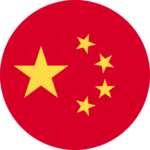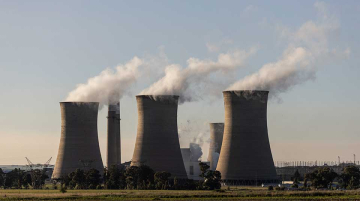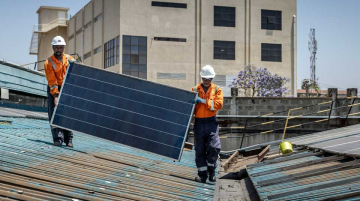
By Oyintarelado (Tarela) Moses
In September 2021, Chinese leader Xi Jinping announced that China would not build new coal plants overseas. At the same time, many countries in Africa and Asia continue to seek finance for electricity-generating infrastructure to meet existing and growing demand. Nearly one year out from Xi’s announcement, what is the current landscape of Chinese financing for power plants in these regions?
Updates from the China’s Overseas Finance Inventory (COFI) Database reveal new insights on China’s support for power plants in Belt and Road Initiative (BRI) host countries in Africa and Asia. The COFI Database, managed by the World Resources Institute, tracks 509 Chinese-financed power plants representing 179.3 gigawatts of installed capacity in BRI host countries from 2000-2021. The latest update on July 6, 2022, entails a significant increase from the previous version of the database, which tracked 430 power plants with 149.5 GW of capacity from 2000-2020. The dataset draws from the Boston University Global Development Policy (GDP) Center’s suite of five interactive databases focused on Chinese loans and investment.
The COFI Database breaks down financial and technical information for power plants receiving debt and equity finance from China in countries that have signed a BRI Memorandum of Understanding (MOU). In the COFI Database, China’s policy banks – the Export-Import Bank of China and China Development Bank – and China’s commercial banks are the financiers of debt-financed plants. Financiers for equity-financed plants are Chinese companies and special funds such as the Silk Road Fund. Where available, commission year, installed capacity and primary fuel information is listed for each plant. Power plant installed capacity spans multiple fuel types: coal, gas, oil, hydropower, solar photovoltaic and concentrated solar power (CSP), onshore and onshore wind, nuclear and geothermal.
According to the COFI Database, where data is available, 31 of 49 BRI host countries in Africa have received debt or equity finance for power plants representing 36.6 gigawatts of installed capacity. Of the total installed capacity for Africa, 46% is from hydropower plants, 34% from coal-fired power plants, 13% from gas-fired plants, 3% from solar photovoltaic (PV) plants, and the remaining 4% from other fuel types. The top ten African BRI host countries with the highest installed capacity from Chinese-financed fired power plants are South Africa, Nigeria, Ethiopia, Angola, Sudan, Zambia, Egypt, Ghana, Guinea, and Zimbabwe, respectively. Seven of these ten ( South Africa, Nigeria, Ethiopia, Angola, Zambia, Egypt, and Ghana) are also included in the top ten African borrowers of Chinese loans to Africa. Figure 1 shows what fuel types of energy Chinese finance has supported, revealing that despite a huge concentration in coal in South Africa, there is a significant spread of hydropower installed capacity that exists in eight of the ten African countries, specifically from Chinese debt-financed hydropower plants.
Figure 1: Top Ten African BRI Host Countries for Chinese-financed Power Plants by Capacity and Fuel Type

In contrast, Chinese-financed plants in 24 of 38 BRI host countries in Asia represent 125.2 gigawatts of installed capacity, the highest amount of installed capacity for a region in the COFI Database. While hydropower has been the largest destination for Chinese finance in Africa, for Asia, coal is still king. Across the region’s Chinese-financed installed capacity, 56% is from coal-fired power plants, 21% is from gas-fired power plants, 9% is from hydropower plants, 6% from solar PV plants and the remaining 8% from the other fuel types. As shown in Figure 2, the top ten BRI host countries in Asia with the highest installed capacity from Chinese-financed fired power plants are Indonesia, Pakistan, Vietnam, Thailand, United Arab Emirates, Bangladesh, Saudi Arabia, Malaysia, Laos and Turkey.
Figure 2: Top Ten Asian BRI Host Countries for Chinese-financed Power Plants by Capacity and Fuel Type

As Chinese institutions continue to finance power generation across the Global South, and as the world debates different fuels within national energy mixes, finance for power plants will flow to fuels that the host country decides to prioritize. As this shift happens, data from sources like the COFI Database is essential for charting progress towards climate and energy development goals and analyzing how Chinese finance impacts the energy mix of different national economies in Africa, Asia and beyond.
Oyintarelado (Tarela) Moses is the Data Analyst and Database Manager at the Boston University Global Development Policy Center.







